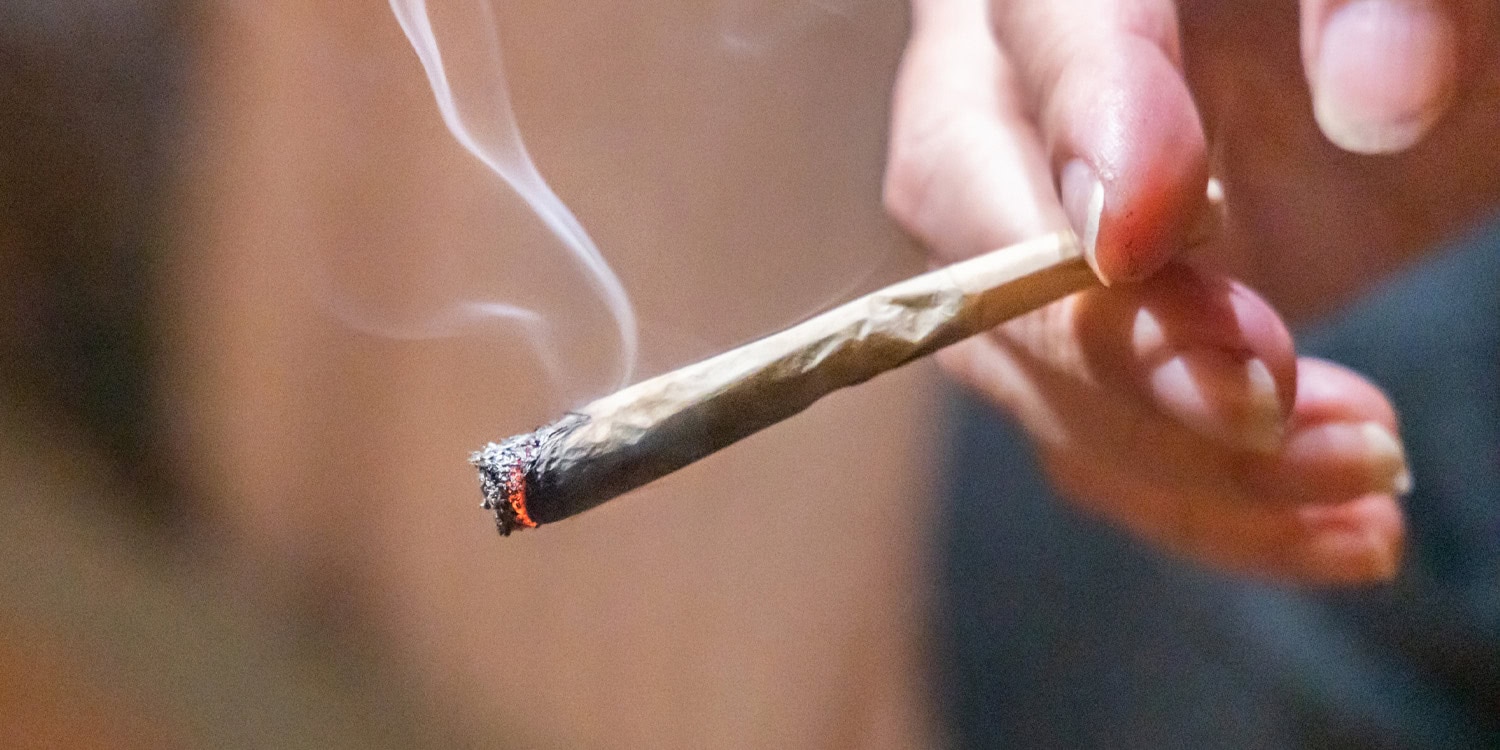Cannabis use during pregnancy is on the rise, often viewed as a natural remedy for pregnancy-related symptoms. However, a study published in JAMA Pediatrics reveals potential developmental risks. Children exposed to cannabis in utero scored lower on attention and planning tasks and showed increased aggression during observational assessments, suggesting prenatal exposure may disrupt critical areas of cognitive and behavioral development.
Cannabis use among pregnant individuals in the United States has doubled over the past two decades, rising from 3.4% in 2002 to 7.2% in 2021. This increase is partly fueled by perceptions of cannabis as a safe, natural remedy for pregnancy-related issues like nausea and mood disorders. Despite recommendations from major medical organizations to avoid cannabis during pregnancy, many clinicians struggle to provide consistent guidance due to limited evidence on long-term effects.
Previous studies have linked prenatal cannabis exposure to deficits in executive function—critical cognitive processes such as attention, memory, and problem-solving—as well as behavioral challenges like aggression. However, much of the existing research relies on data from cohorts studied decades ago or uses caregiver-reported outcomes that may be subjective.
Additionally, advances in technology have recently enabled more precise, computerized assessments of early executive function, creating an opportunity for more nuanced investigations. The new study aimed to address these gaps by employing rigorous methods to examine the relationship between prenatal cannabis exposure and specific behavioral and cognitive outcomes in preschool-aged children.
“We noticed the legal environment related to cannabis use was changing rapidly, but the research to understand the potential effects of use during pregnancy had not been updated to keep pace. We thought that it was important that pregnant people and health care providers that work with them should have more recent evidence,” explained Sarah A. Keim, an associate professor at The Ohio State University and principal investigator in the Center for Biobehavioral Health at The Research Institute at Nationwide Children’s Hospital.
The researchers conducted the study using data from the Lifestyle and Early Achievement in Families (LEAF) cohort, a group derived from the Ohio Perinatal Research Network. This repository included data from pregnant individuals who received care at a medical center in Ohio between 2010 and 2016. Participants provided detailed information about their health, substance use, and environmental factors during pregnancy and consented to follow-up studies involving their children.
For this analysis, 250 children aged five participated in behavioral assessments at a research facility. Eighty children had been exposed to cannabis during pregnancy, as determined through maternal self-reports, clinical records, and urine tests detecting a metabolite of tetrahydrocannabinol (THC), cannabis’s psychoactive component.
The study assessed executive function through various laboratory-based tasks, including computerized tests measuring attention, inhibitory control, and planning ability. For instance, one test involved the “Tower of Hanoi” puzzle, which evaluates planning skills. Aggression was measured through observational methods, such as the Bobo Doll task, where children’s physical interactions with a doll were recorded. Caregivers also completed questionnaires about their children’s behaviors and cognitive abilities. To control for confounding factors, the researchers used statistical techniques that accounted for maternal education, household income, and other variables.
The researchers found significant differences between children who were exposed to cannabis prenatally and those who were not. On laboratory-based tests, cannabis-exposed children scored lower on attention and inhibitory control, key components of executive function. They also demonstrated poorer planning ability. Observational assessments revealed that cannabis-exposed children displayed more aggressive behaviors, such as hitting a doll’s face with a closed fist during the Bobo Doll task.
“We found prenatal cannabis exposure was associated in early childhood with poorer thinking skills and behaviors such as impulse control, paying attention, planning ability, and more aggressive behavior, all of which play a vital role in how children perform in school and interact with others,” Keim told PsyPost.
Interestingly, these patterns did not appear in caregiver-reported measures of children’s behavior. Caregivers of cannabis-exposed and non-exposed children rated their children similarly on attention, planning, and aggression. This discrepancy highlights the value of using multiple methods to assess developmental outcomes, as caregiver perceptions may not fully capture behavioral differences observed in structured settings.
The findings align with prior research suggesting that cannabis exposure during pregnancy may affect the development of the frontal lobe, a brain region critical for executive function. The study also adds to a growing body of evidence indicating that behavioral challenges linked to prenatal cannabis exposure can emerge as early as preschool, a critical period for cognitive and social development.
“Our findings were not surprising – they actually confirm and expand on longstanding evidence from previous research from several decades ago,” Keim said. “With our more contemporary and diverse sample of women and children, and with much higher potency of cannabis now than in past decades, this study validates previous research and supports existing clinical recommendations for patients.”
However, the study did not account for the timing or dosage of cannabis use, which may influence outcomes. As cannabis becomes increasingly potent and widely available, understanding its impact on child development remains a critical area for ongoing research.
Future research could address these limitations by incorporating more precise measures of cannabis exposure, such as biomarkers that track cumulative exposure, and by exploring how factors like dose and timing impact outcomes. Longitudinal studies that follow children into later childhood and adolescence could provide a clearer picture of the long-term effects of prenatal cannabis exposure.
“We are currently studying outcomes among these children at age 7 to see how they develop,” Keim said. “We found in qualitative research that we conducted that some women believe that because cannabis comes from a plant that it must be safe, or safer than many pharmaceuticals. This is simply not true. The American Academy of Pediatrics and the American College of Obstetricians and Gynecologists both caution against cannabis use during pregnancy because of possible health risks to mothers and children.”
The study, “Prenatal Cannabis Exposure and Executive Function and Aggressive Behavior at Age 5 Years,” was authored by Sarah A. Keim, Peter Fried, Keith Owen Yeates, Kelly M. Boone, Daphne M. Vrantsidis, Abigail Dean, Aaron W. Murnan, Joseph Rausch, and Mark A. Klebanoff.




